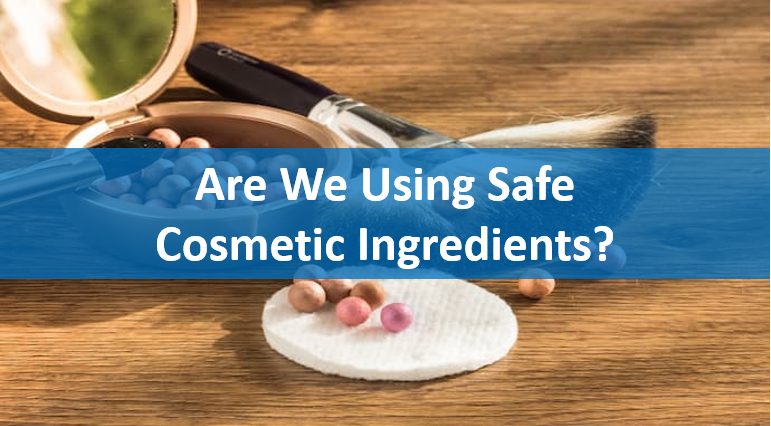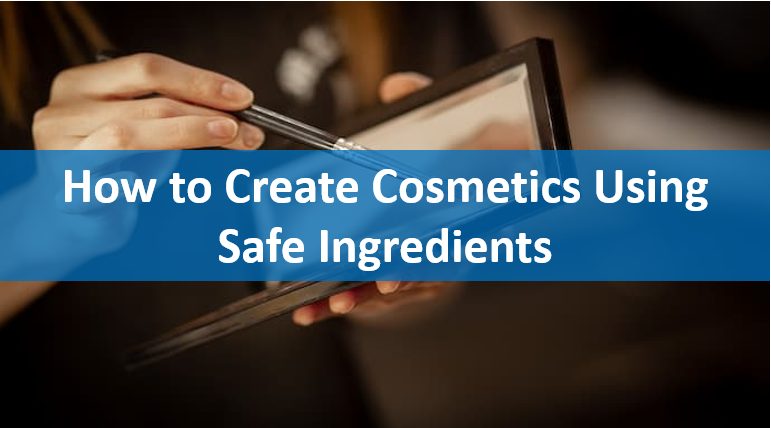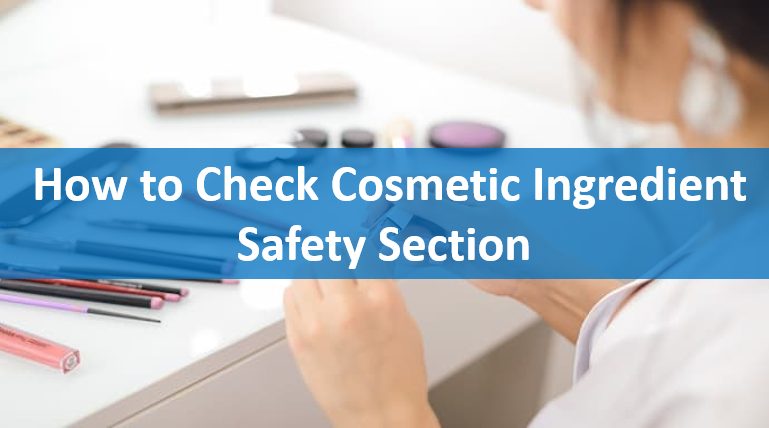
- HOME
- Cosmetic OEM Lab
What are Safe Cosmetic Ingredients?
Key Safe Cosmetic Ingredients You Should Know About
In today’s world, consumers are more informed and conscious about the ingredients used in their beauty and skincare products than ever before. The demand for safe cosmetic ingredients has surged, with many individuals seeking products that not only enhance their appearance but also ensure long-term skin health. But what exactly makes an ingredient “safe”? This article explores the concept of safe cosmetic ingredients, highlights key safe ingredients, and discusses how to ensure the safety of the products you use or manufacture.
Contents

With the emergence of natural skincare products in the market, safe cosmetics have also become a focal point for consumers. Brands are gradually introducing safe cosmetic products in pharmacies and shopping malls. So, are the products we commonly use considered safe cosmetics? What exactly is safe cosmetics?
Cosmetic ingredients refer to any substance or mixture used in the formulation of cosmetic products, such as moisturizers, foundations, shampoos, and more. These ingredients can come from natural sources (like plants and minerals) or be synthesized in a lab. They serve various purposes, including cleansing, moisturizing, colouring, and preserving the product.
Cosmetic ingredients can generally be classified into the following categories:
| Active Ingredients |
|
| Preservatives |
|
| Emollients |
|
| Fragrances |
|
| Colorants |
|
| Synthetic Ingredients |
|
| Natural Ingredients |
|
| Organic Ingredients |
|
Not all chemicals are harmful, and many synthetic ingredients in cosmetics are safe and effective. For example, hyaluronic acid is a naturally occurring chemical in the body and is commonly used in skincare to boost hydration. Likewise, peptides, which are synthetic, have proven to be highly effective in promoting collagen production.
It’s essential to distinguish between harmful chemicals like parabens or phthalates and safe synthetic ingredients that have been rigorously tested and approved by regulatory bodies.

Ensuring the safety of cosmetic ingredients requires thorough research and an understanding of global regulatory standards. Here’s how you can verify ingredient safety.
Japan, known for its high safety standards, follows strict cosmetic regulations under the Pharmaceutical Affairs Law. Before a product is approved for sale, all ingredients must undergo safety assessments to ensure they pose no harm to consumers. Japan also enforces limits on the use of certain preservatives, colorants, and UV filters to protect consumers from potential risks.
Many countries use a “positive” and “negative” list system to regulate cosmetic ingredients.
For example, in the European Union, there’s a strict list of banned substances under the EU Cosmetics Regulation (EC) No 1223/2009, which manufacturers must adhere to. Consumers can refer to these lists to check if a particular ingredient is allowed in their country.
Yes, cosmetic regulations vary from country to country. In the U.S., the FDA oversees cosmetics, but the guidelines are less strict than those in the European Union, which has one of the most comprehensive lists of banned ingredients. Japan, South Korea, and Australia also have their own regulations that may differ from other regions. This means that while an ingredient may be approved in one country, it could be banned or restricted in another.

When it comes to creating cosmetics using safe ingredients, it’s essential to be well-informed and cautious. Here are two ways to ensure the safety of your cosmetic products:
There are various online resources where you can check the safety of cosmetic ingredients. Websites like the Environmental Working Group’s (EWG) Skin Deep database or the International Nomenclature of Cosmetic Ingredients (INCI) offer detailed information on ingredient safety. Always research the ingredients you’re planning to use, focusing on their potential side effects, safety ratings, and approval status in different regions.
If you’re looking to create a line of cosmetics, partnering with an OEM (Original Equipment Manufacturer) that specializes in safe cosmetic production can ensure your products are compliant with global safety standards. OEM companies handle the formulation, testing, and production, ensuring that all ingredients used are safe, tested, and approved for consumer use.

Safe cosmetic ingredients are the backbone of the beauty and skincare industry. With the rise in consumer awareness and demand for clean, non-toxic beauty products, it is crucial to understand what makes an ingredient safe. Whether you’re a consumer looking to make better choices or a brand aiming to create safe cosmetic products, knowledge of ingredient safety, regulatory guidelines, and trusted resources is essential. By prioritizing safe, effective, and environmentally conscious ingredients, we can ensure that our cosmetics are both beneficial and safe for everyone.
For further information, please contact us.